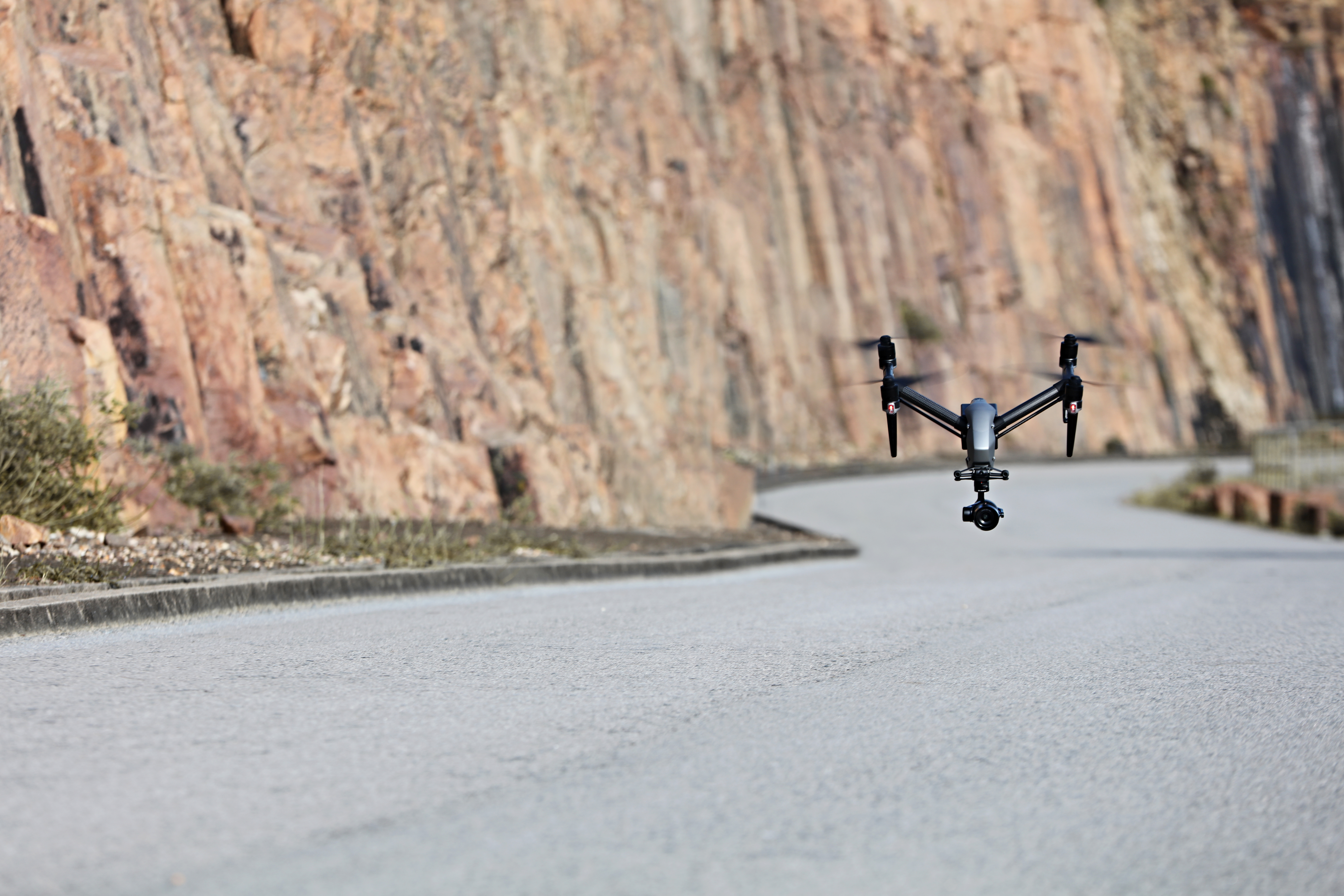DJI has a chokehold on the consumer drone market, and it’s leveraging that dominance to try and establish itself as the clear leader for commercial drones used by professionals as well. When it introduced the Inspire 1 back in November of 2014, the company said it was trying to bridge the gap between hobbyists and Hollywood. The Inspire 1 was expensive, but not totally out of reach for the average consumer.
DJI now has several very powerful drones you can purchase which sit below the Inspire in cost. The Mavic Pro and the Phantom 4 Pro both offer footage that would work for anything but really high-end movie making. So today the company is rolling out the Inspire 2, a revamped version of its high-end model, now aimed squarely at professional filmmakers.

The Inspire 2 is tougher and more powerful than the original. It has a new magnesium-aluminum body that DJI says increases stiffness while lowering weight. Its top speed has increased from 50 miles per hour all the way up to 67 mph, and its battery life has climbed from 18 minutes to 25. You can also go high with this drone, like, ridiculously high. It has a service ceiling of 16,400 feet above sea level, and a self-heating dual-battery system that can keep the drone flying even in frigid temperatures.
More importantly, the Inspire 2 is the first DJI drone to feature not one, but two cameras. The unit has its main camera for capturing footage slung underneath on a three-axis gimbal. Just like the first model, the Inspire 2’s legs lift up, so they won’t block the camera’s view, and it can freely rotate 360 degrees to capture action in any direction. In addition, there is now a simple, two-axis camera on the front that allows the pilot to always see where the drone is headed. The system is designed for dual operators: one pilot, one director framing the action, each receiving their own live video feed.

If you’re flying solo, the Inspire 2 can help you achieve some tricky shots with the use of computer vision and autonomous navigation. Like the Phantom 4 and Mavic Pro lines, the Inspire 2 now has sensors that allow it to see and avoid obstacles. Vision sensors are placed on the front and bottom of the unit, and infrared sensors sit on top. The unit also features the computer vision system and automatic subject tracking DJI built into the Phantom 4 and Mavic Pro. This means you can lock onto a subject and the camera will rotate to keep them in frame while the aircraft flies freely in another direction.